The Milan Design Week that surrounds the Salone del Mobile is more than just a showcase for furniture design and interior architecture. It has positioned itself as a transdisciplinary platform where brands from a wide range of sectors can showcase their design ambitions. Car manufacturers such as BMW, CUPRA and Audi are also keen to be seen in this environment, and are increasingly moving away from the product as a stand-alone object and towards diverse design stagings.
BMW: Between Immersion and Innovation
The BMW Group presented itself under the title »Vibrant Transitions« in the historic Palazzo Borromeo d’Adda and attempted to create a flowing transition between architecture and design, between space and interface. The multimedia installation with light, sound and digital projection showed themed worlds of BMW and MINI and was intended to illustrate the variety of individual design possibilities on the one hand and to stage the general radiance of the company’s own design in this phase, which is so important for the brand, on the other.
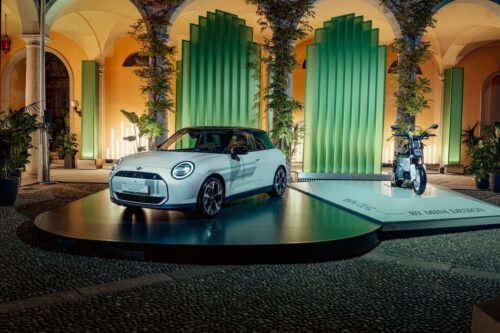
The focus was on the BMW Panoramic iDrive display and operating concept of the Neue Klasse presented at this year’s CES (Chapter reported), the BMW X3 Designer’s Choice specially curated for the Salone del Mobile and the BMW CE 02 by MINI Design, whose color concept was developed by the MINI design studio for the appearance in Milan.
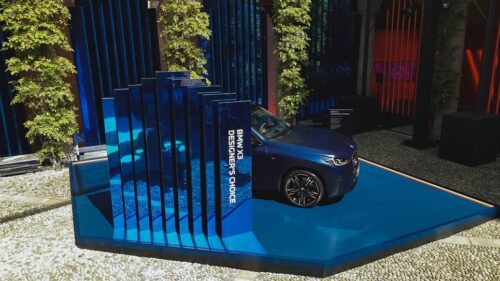
»Our mobility design is becoming ever more comprehensive«, emphasized Adrian van Hooydonk, Head of BMW Group Design. »Colors, materials, light, sound, geometry and digital experiences are brought together in the course of each project to create exciting and emotional customer experiences. With our ‘Vibrant Transitions’ installation, we are providing inspiring insights into this at the Salone del Mobile.«
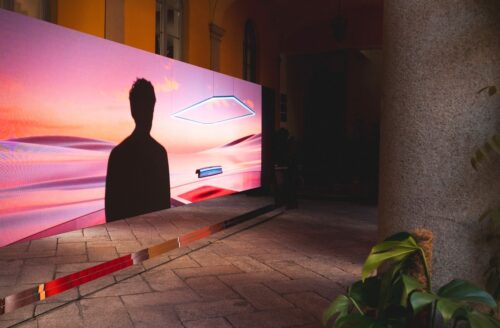
Cupra: From automobile to aesthetic system
As a car brand with an affinity for design, it goes without saying that it is particularly important for CUPRA to make a statement at the Milan Design Week. However, this was not achieved through a loud staging, but through the claim to emphasize design as the identity-forming, cross-genre center of the brand. All of this was presented as part of the CUPRA Design House—a platform for a wide range of design disciplines, from fashion to product design.
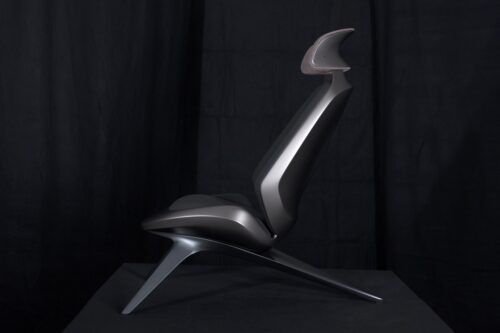
The exhibits in Milan included 3D-printed sneakers in cooperation with Zellerfeld, parametric furniture prototypes and luggage made from recycled materials, which were developed together with the Harper Collective label. CUPRA once again underlines the fact that the brand’s design ambitions extend far beyond the automobile and that the boundaries are constantly being expanded.
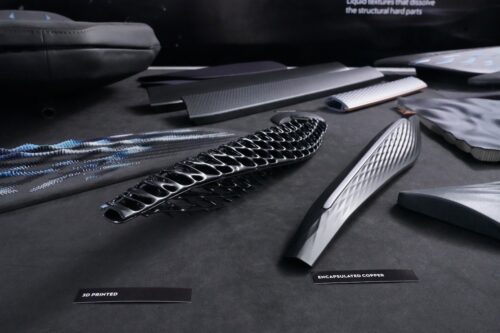
Under the same name CUPRA Design House, a separate department will also be active in the future, transferring the brand’s style into new areas through creative collaborations and the exploration of innovative manufacturing technologies and materials. The CUPRA Design House is based on the four pillars of CUPRA Collection (development of lifestyle products and accessories), CUPRA Collabs (promotion of brand and creative partnerships), CUPRA Beyond (ongoing expansion of the brand philosophy into new design disciplines) and CUPRA Accessories (detailed design solutions from interior to exterior). »CUPRA Design House is the ultimate manifestation of our impulse to experiment, reinvent and create a legacy that is as bold as it is beautiful«, summarizes Ignasi Prieto, Chief Brand Officer of CUPRA.

Audi: Individualization as a design principle
Audi is presenting itself for the twelfth time at the Milan Design Week in 2025. This year’s focus was on Audi exclusive—the department that has stood for individualization and personalization of premium vehicles for 30 years. This anniversary was celebrated with a refined special edition of the A6 Avant, whose sports seats are finished in a classy leather combination in Baikal blue-neodymium gold with Baikal blue contrasting stitching and vanadium-look applications.
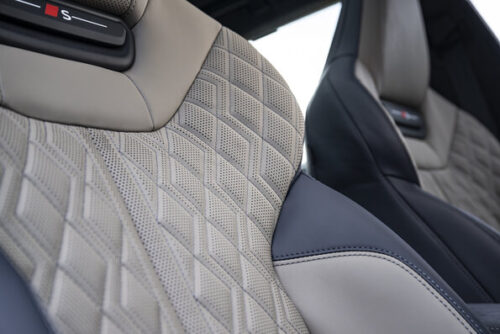
To accompany this, the so-called Material Bar was staged to bring the diverse range of Audi exclusive products to life—from the feel and color effect of different leather qualities to seam patterns and application variants. Thematically curated seat islands also allowed visitors to get an idea of the wide range of customization options.

Exhibitions and art installations dedicated to the topics of aerodynamics and light rounded off this year’s Audi brand presentation. Particular emphasis was placed on the second generation of digital OLED rear lights, which have not only been functionally optimized, but also set new design accents—they combine lighting design and innovative technology in an exciting way. [ED]

